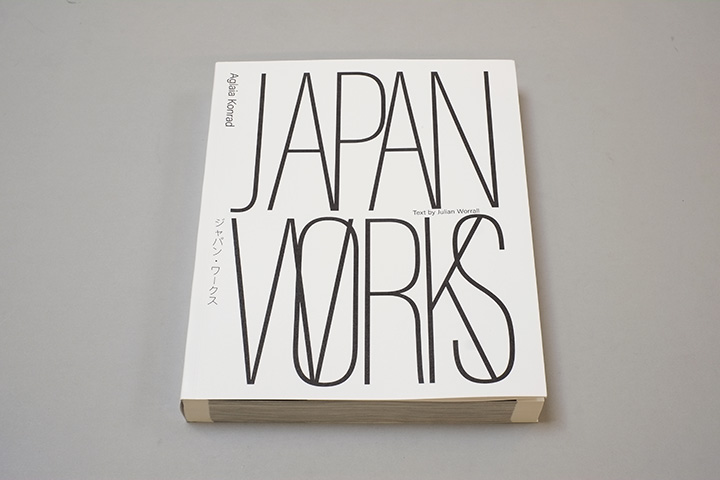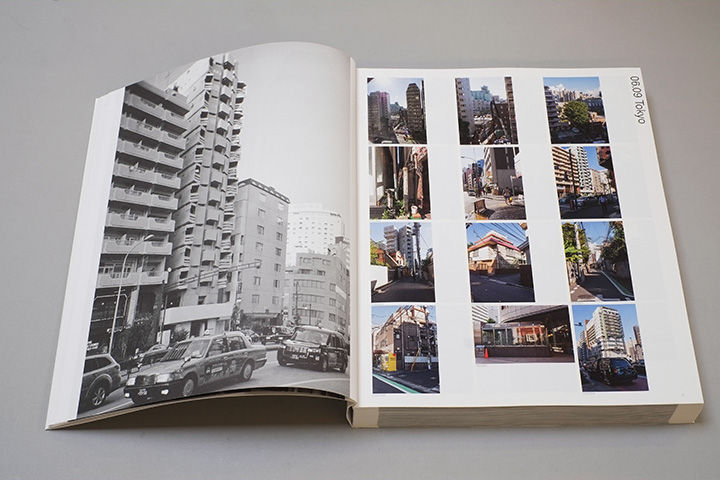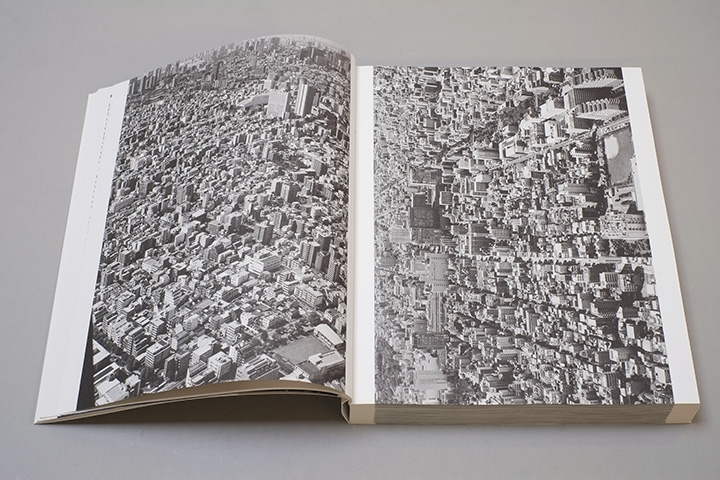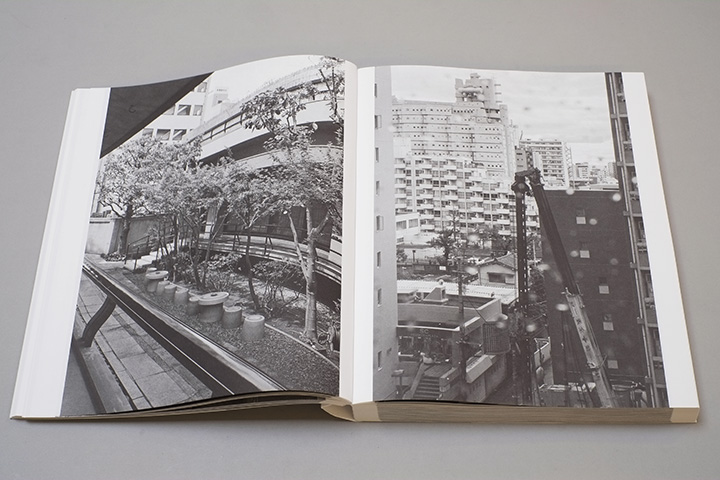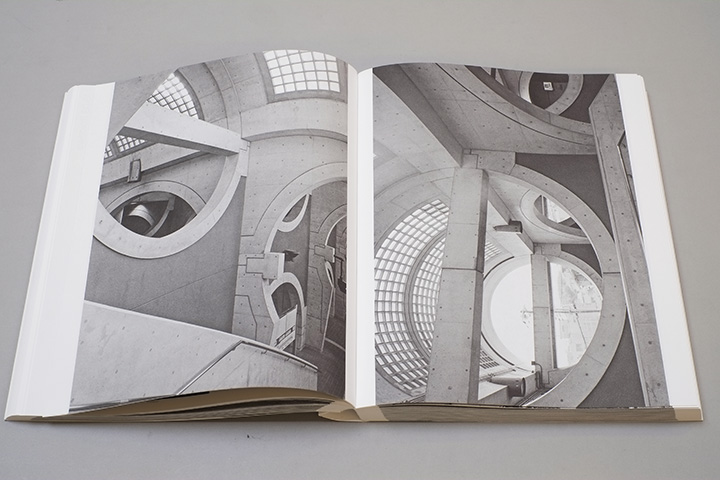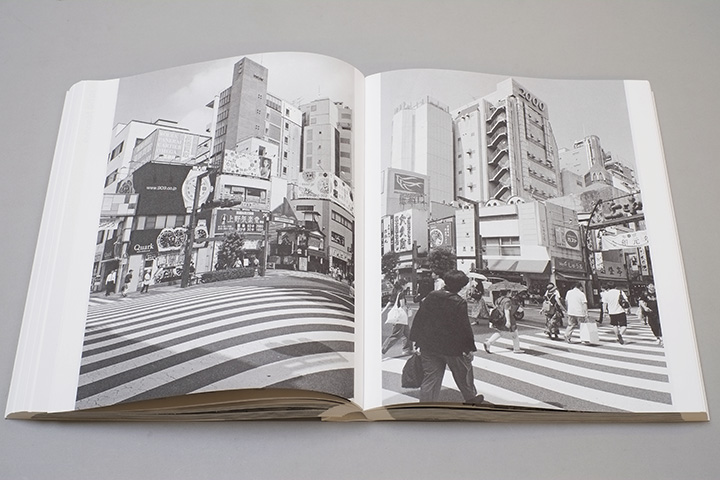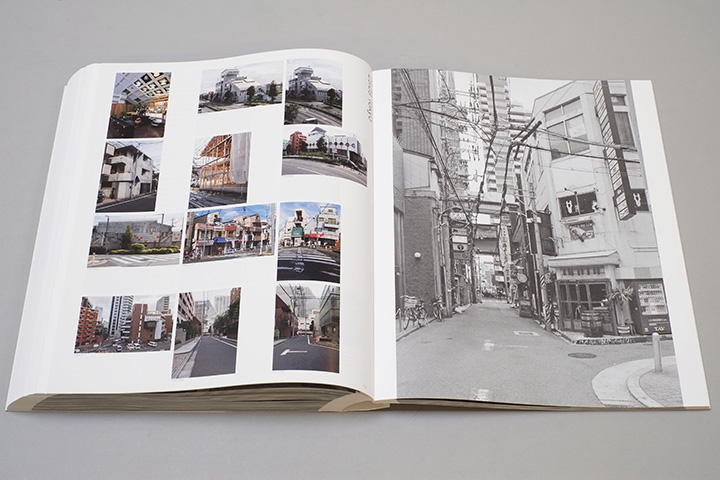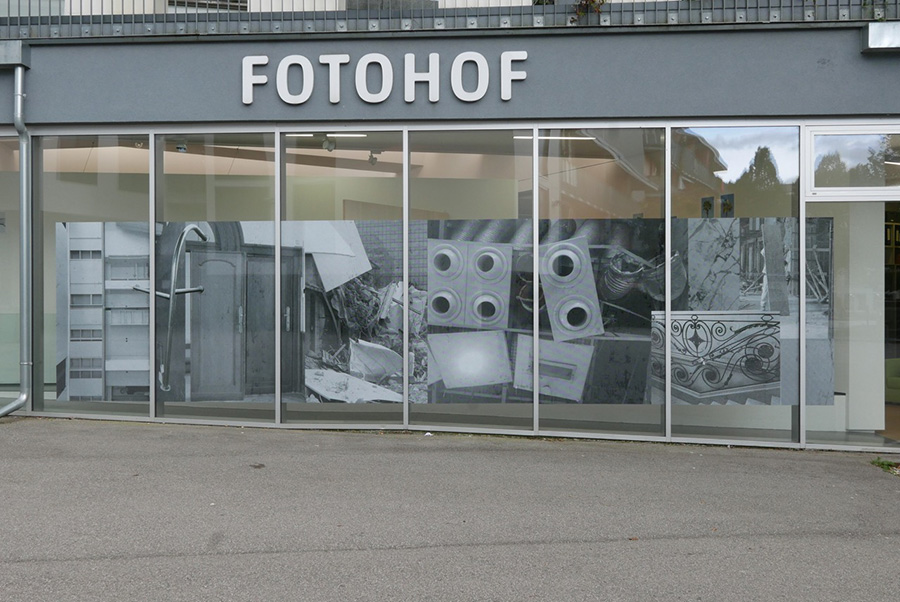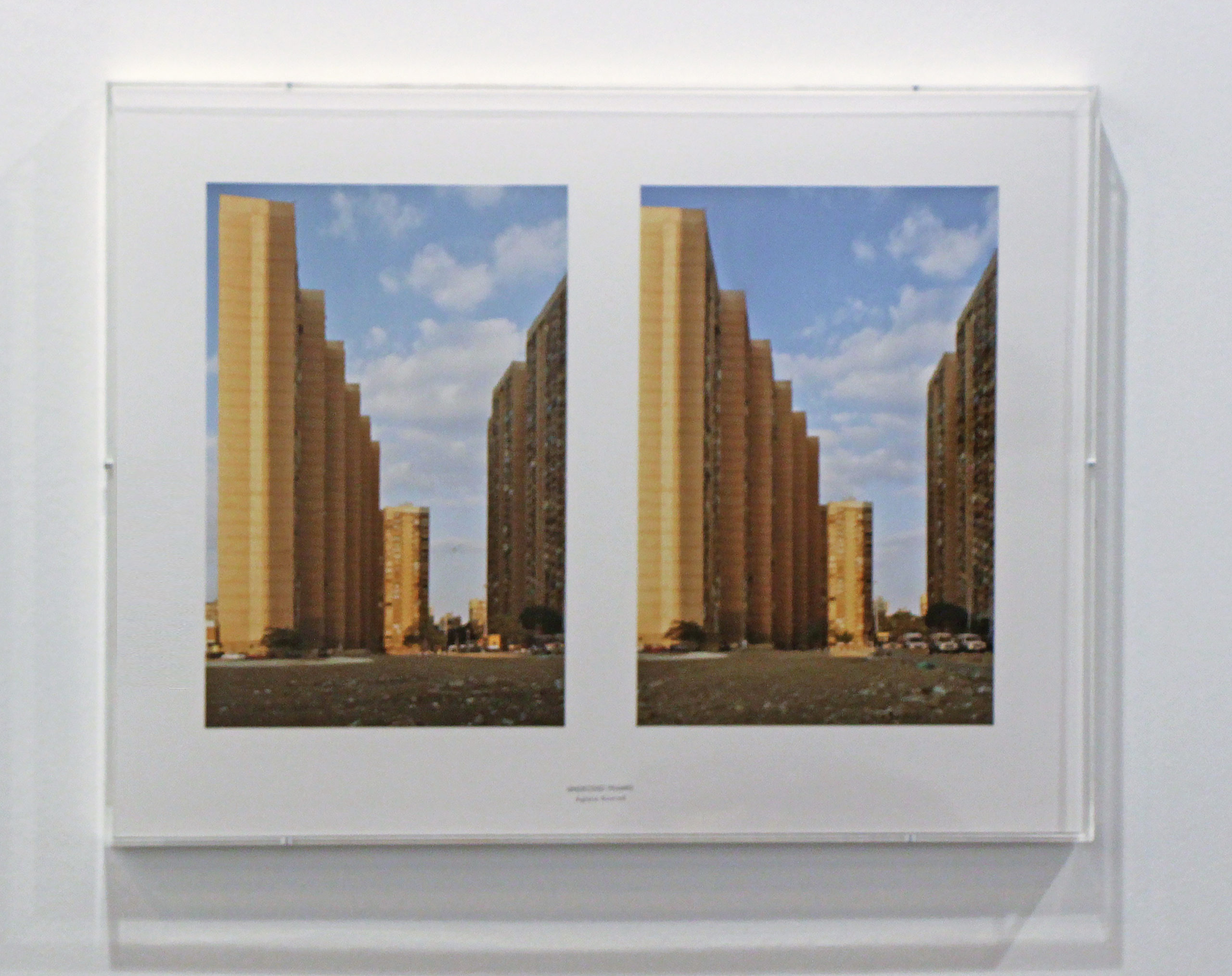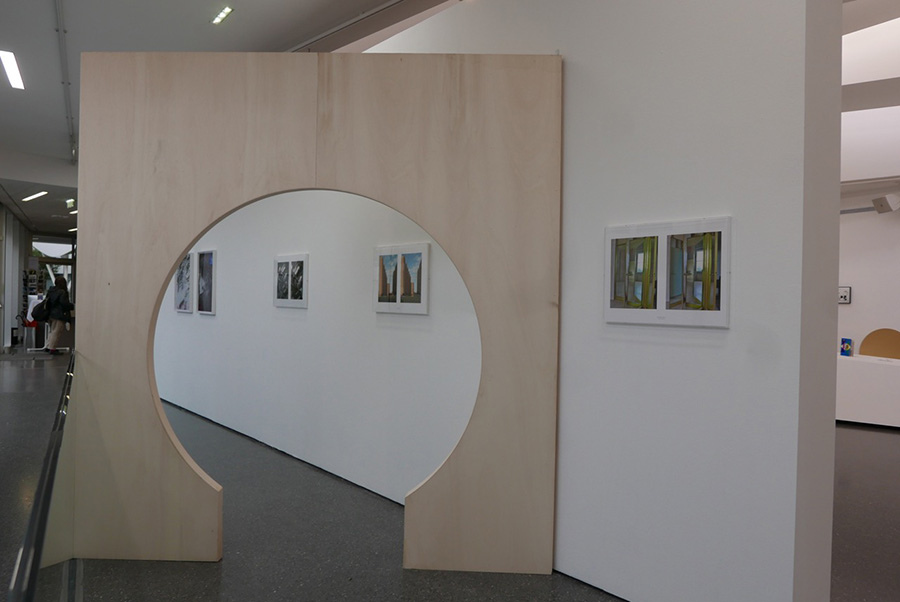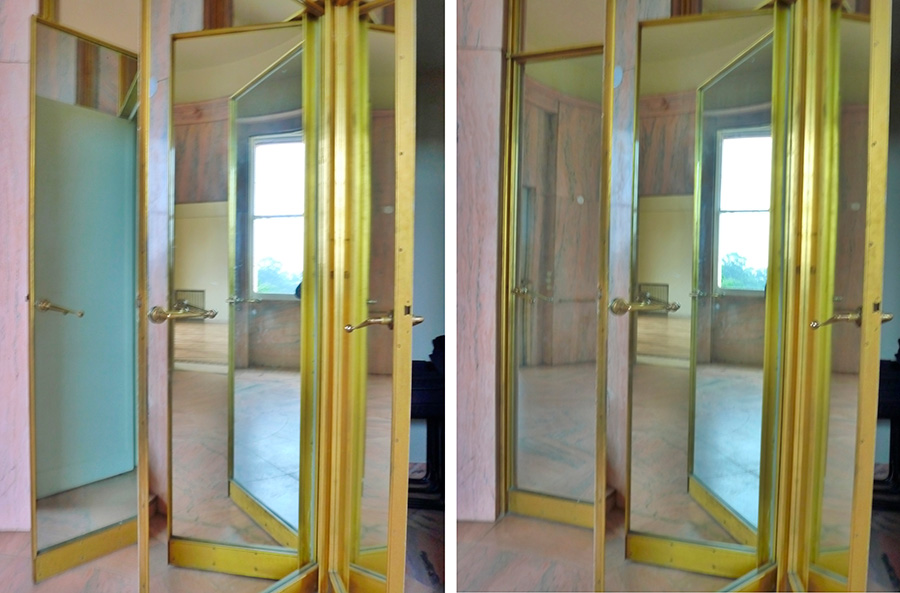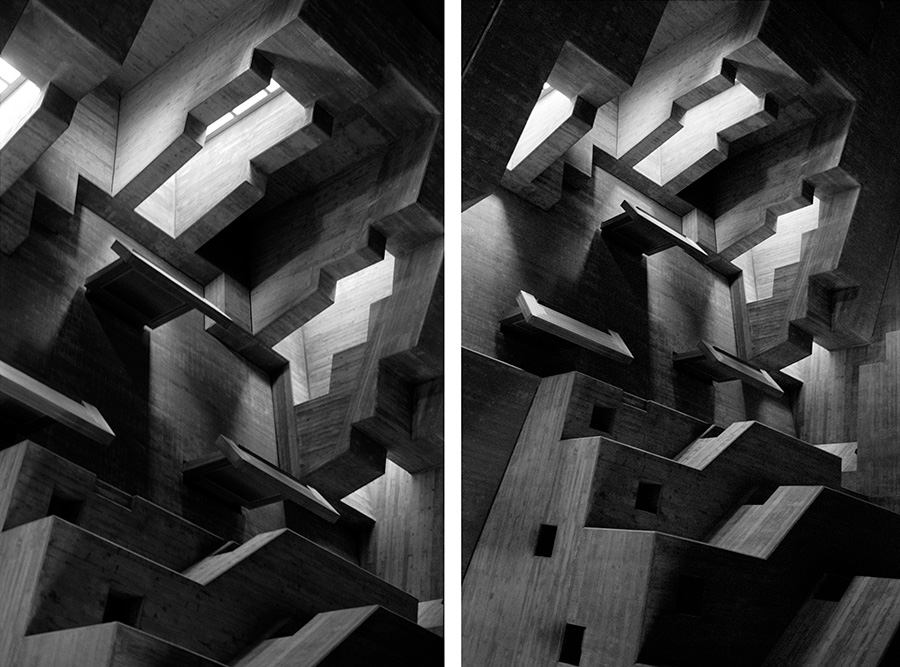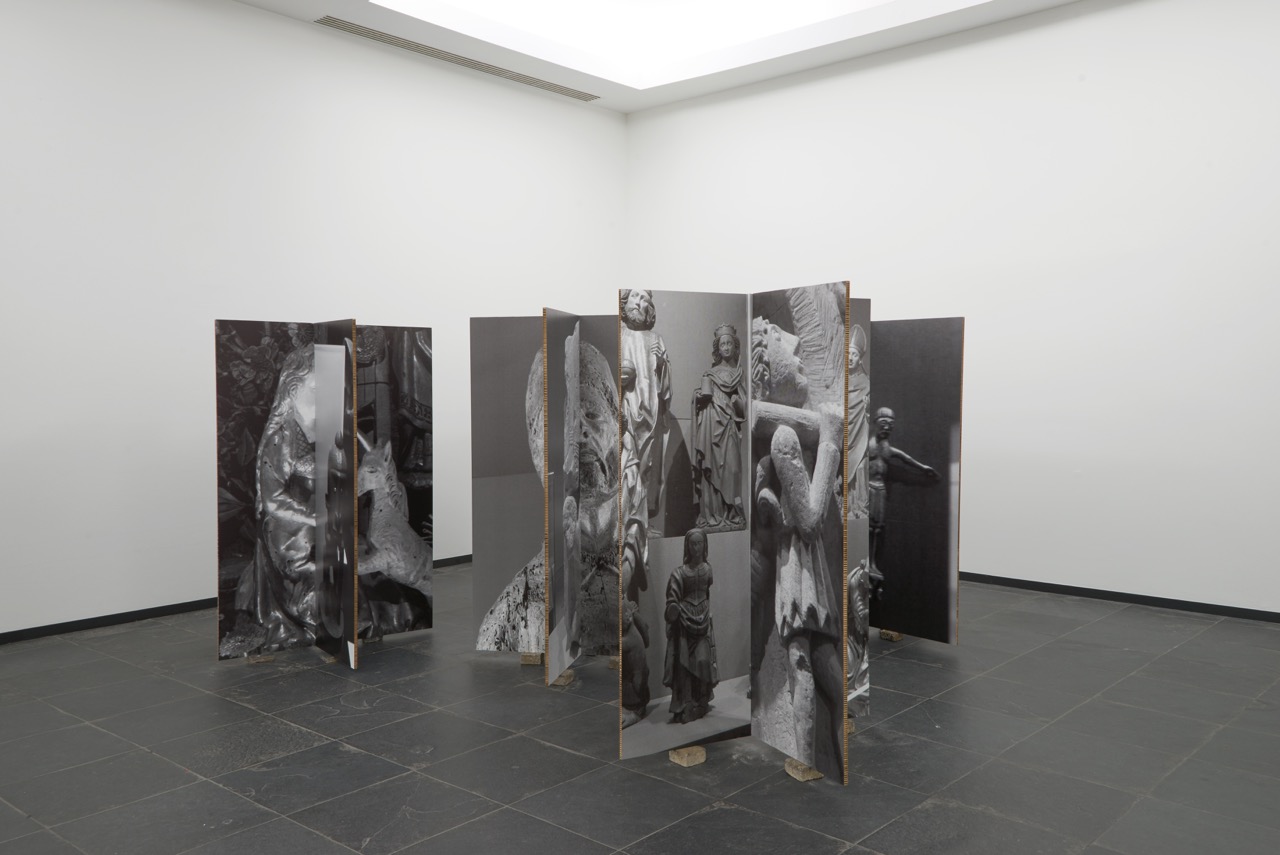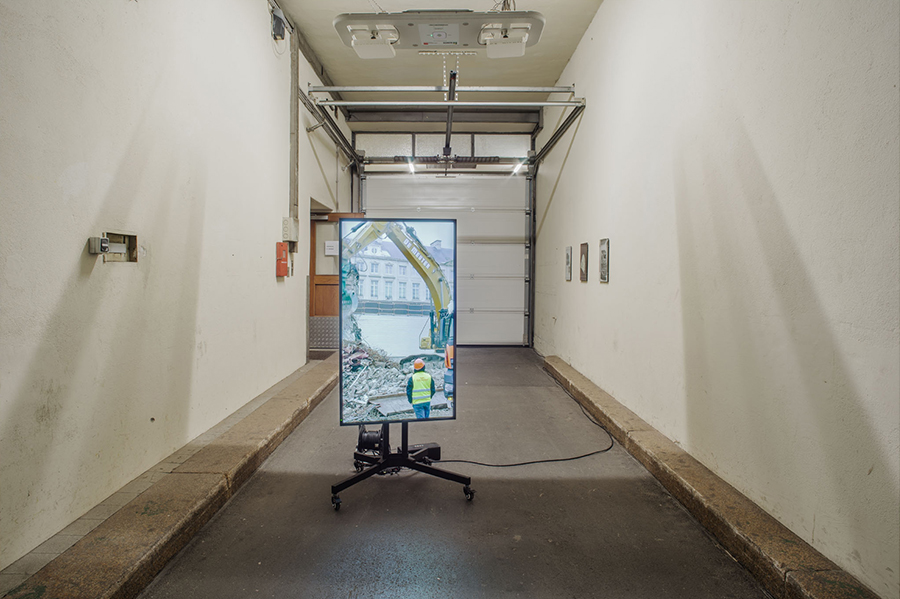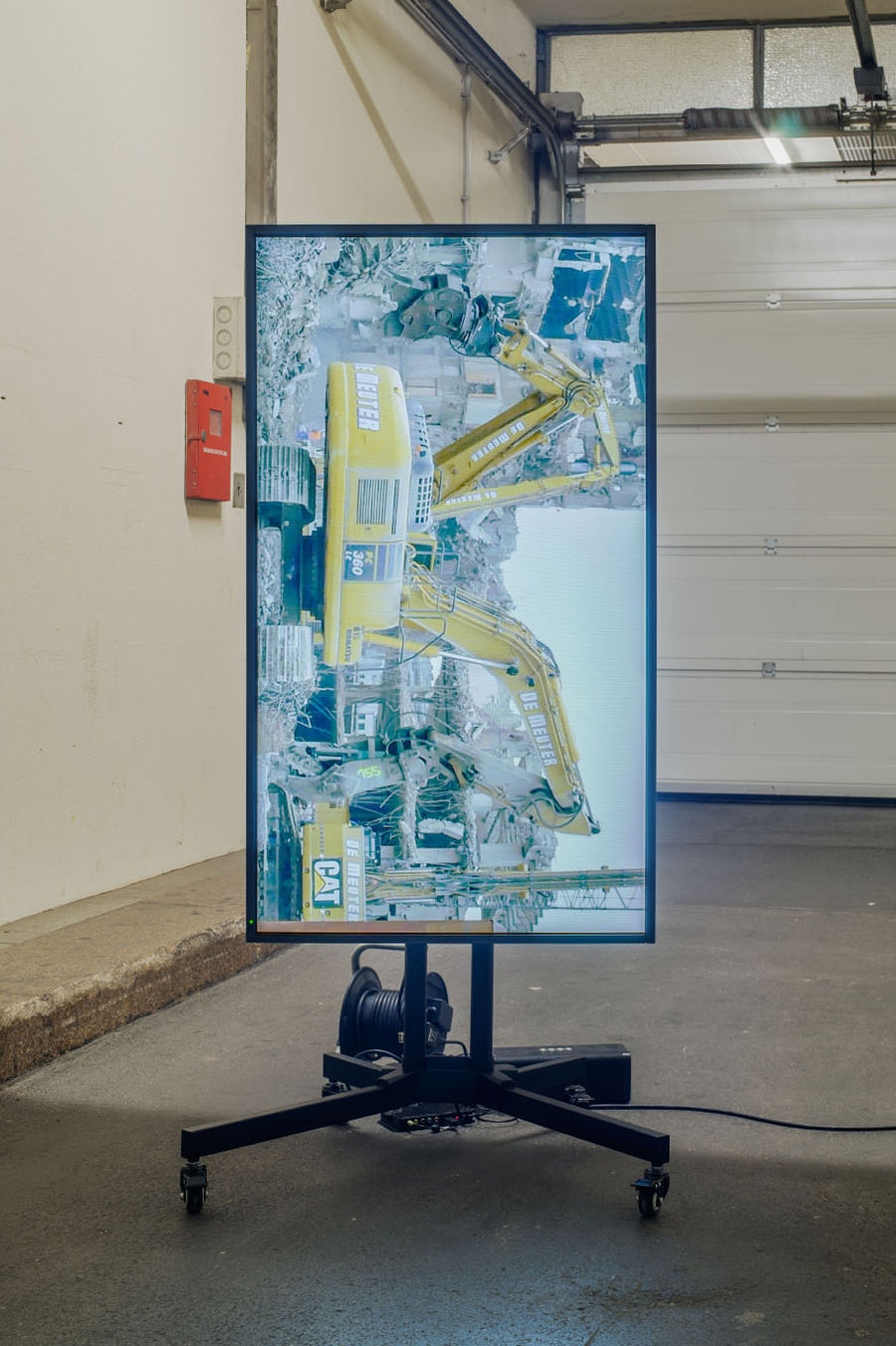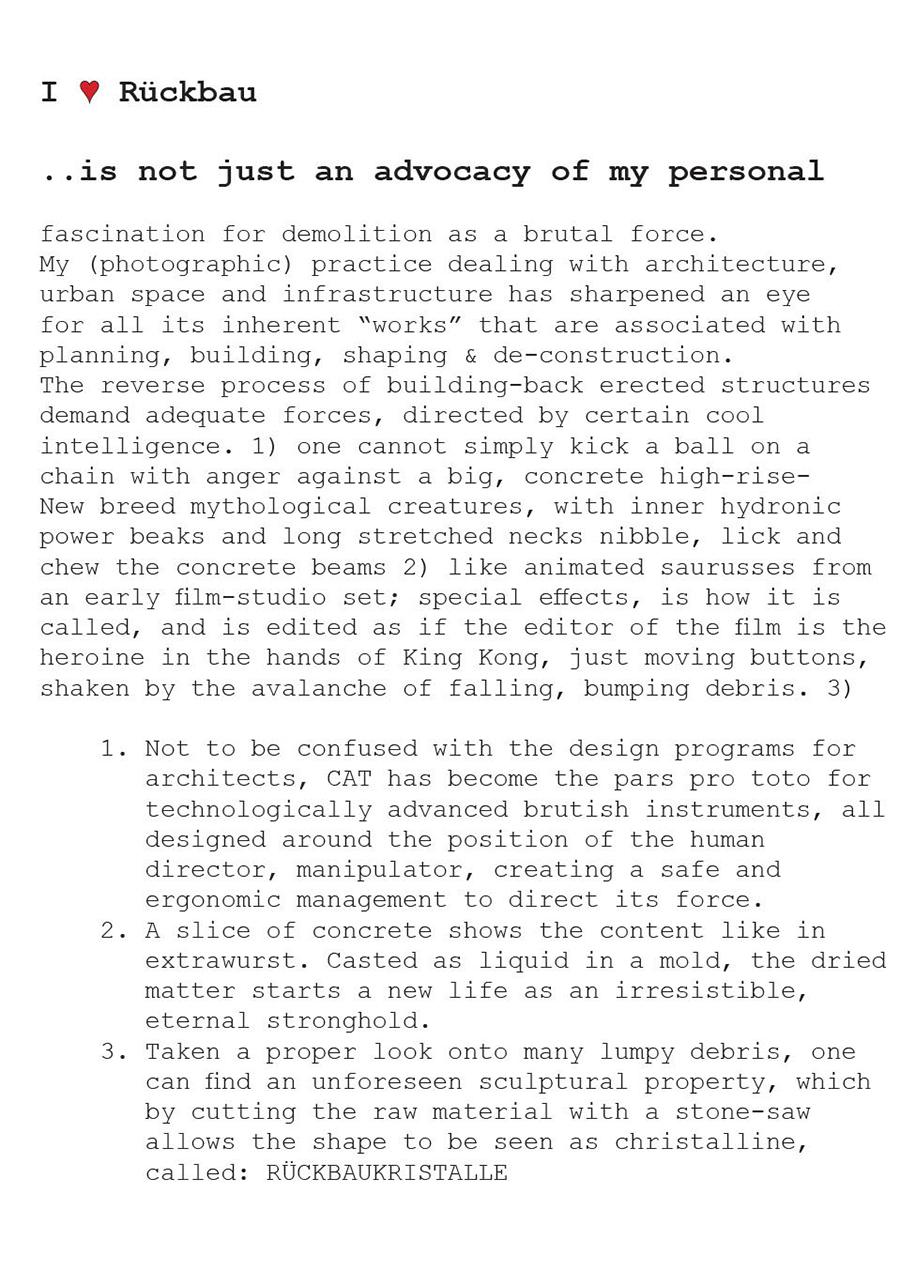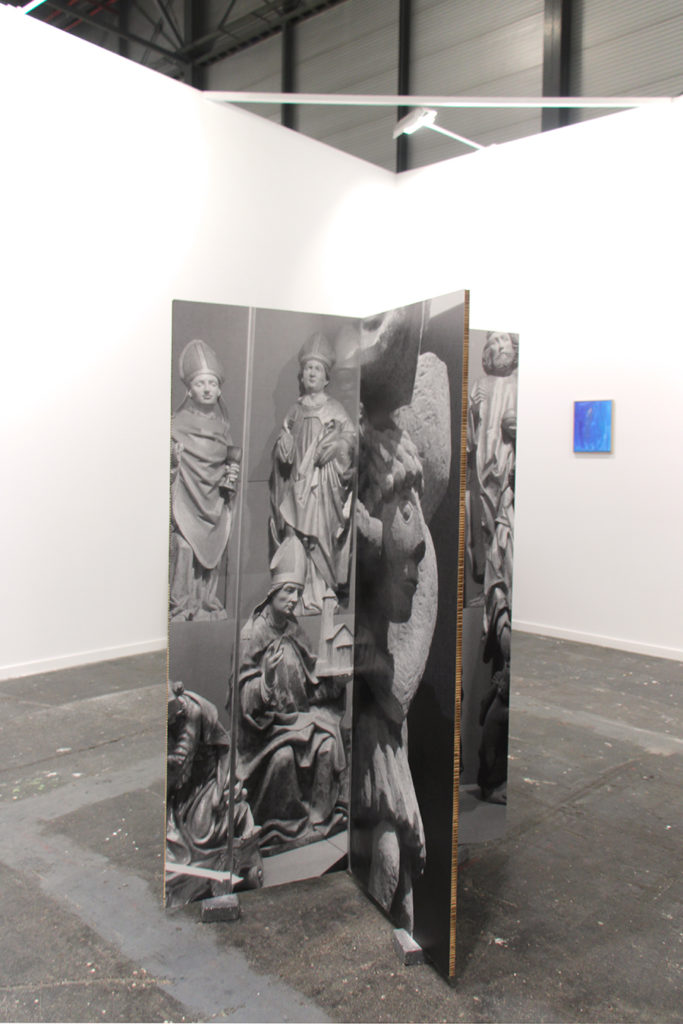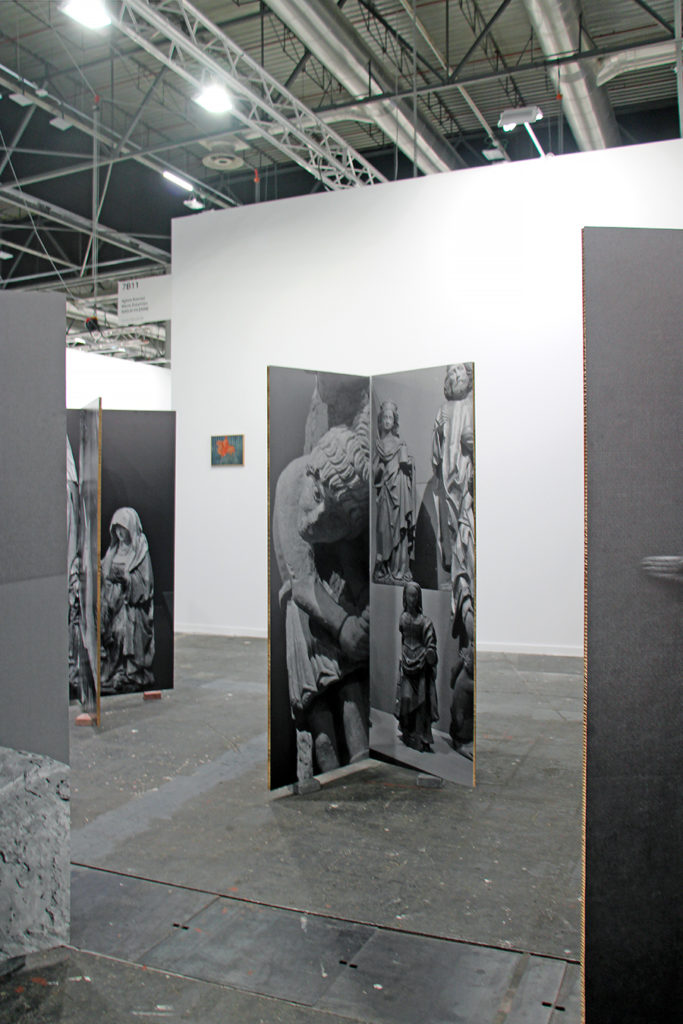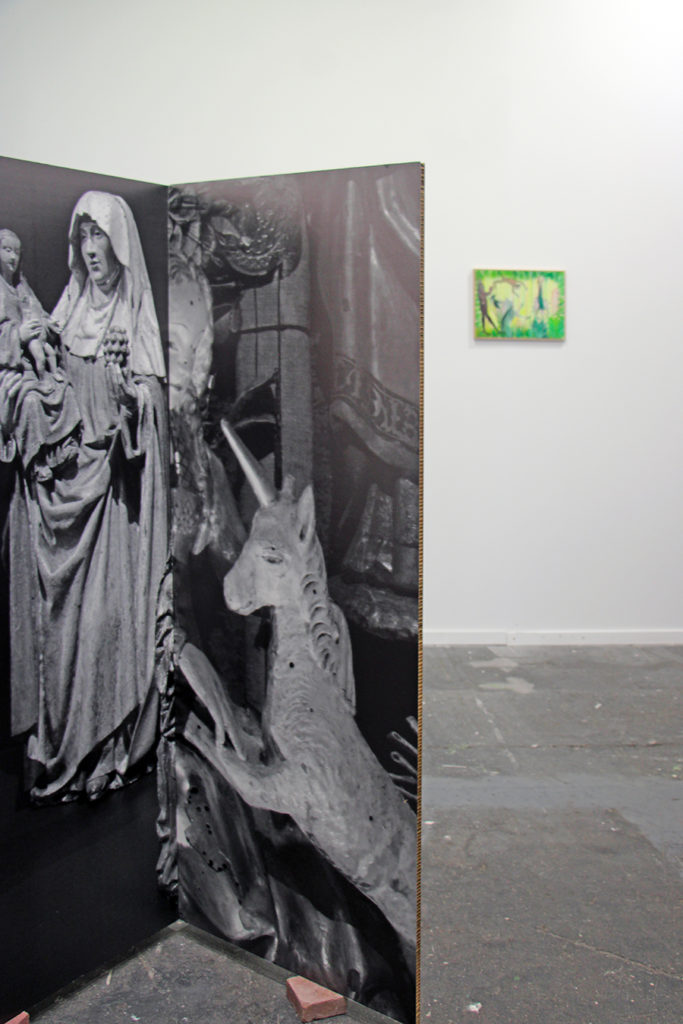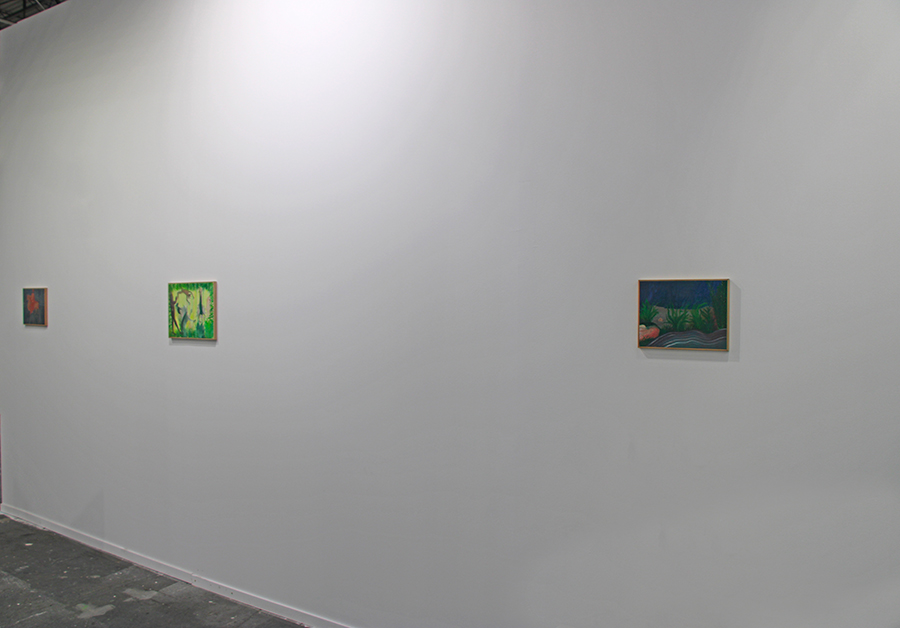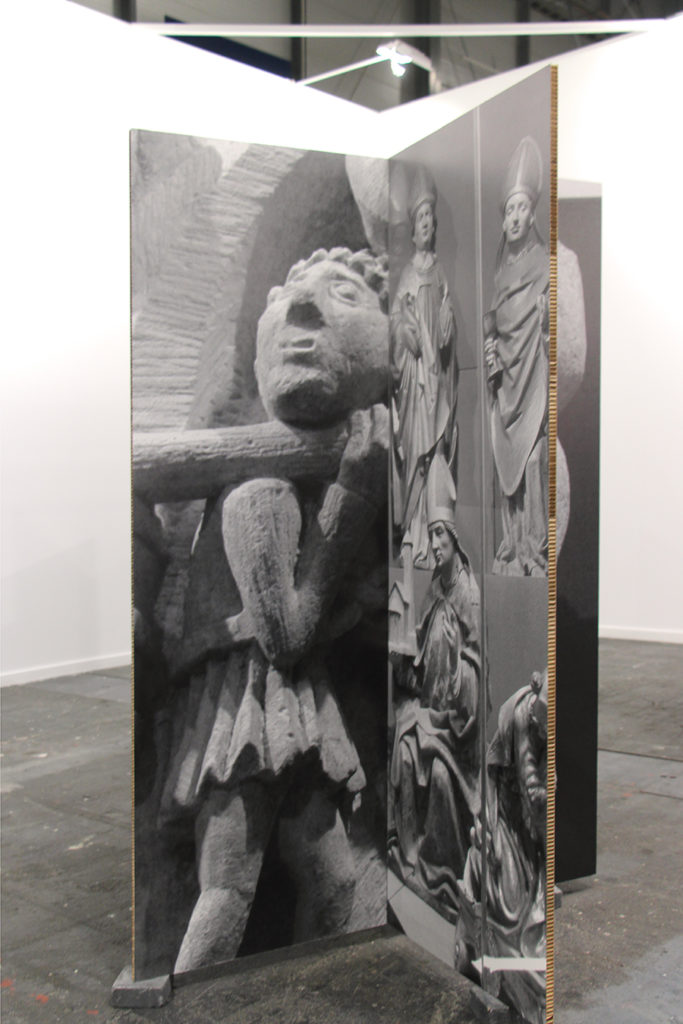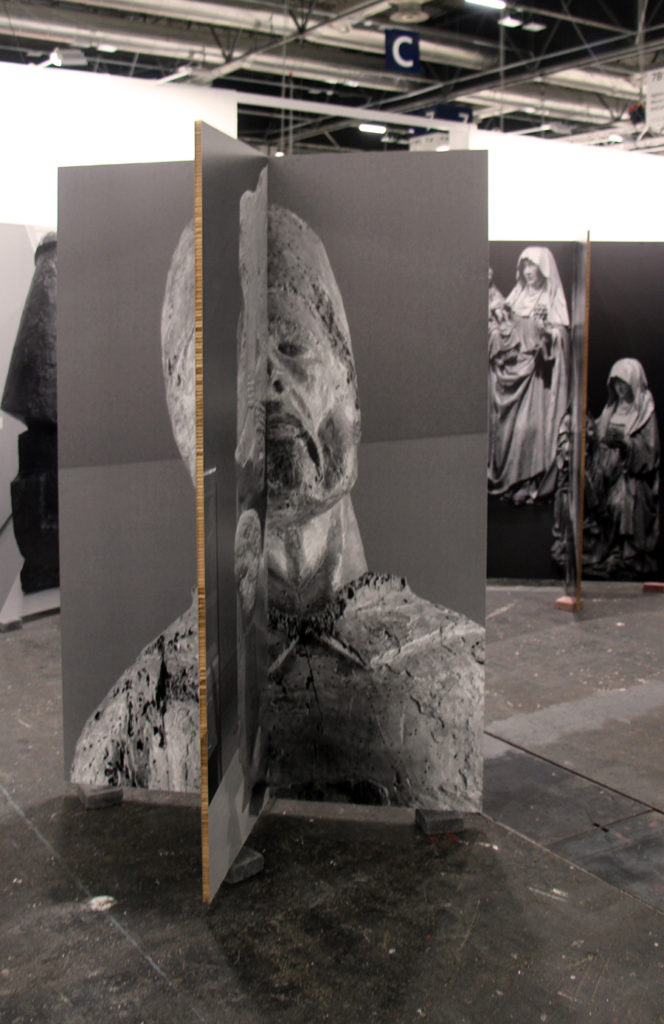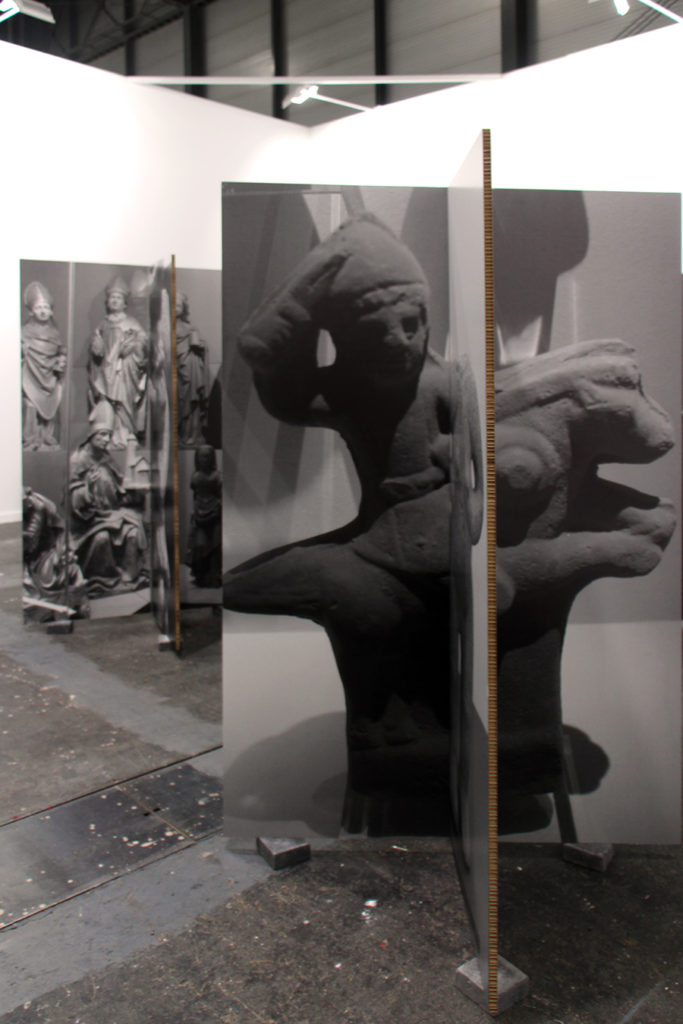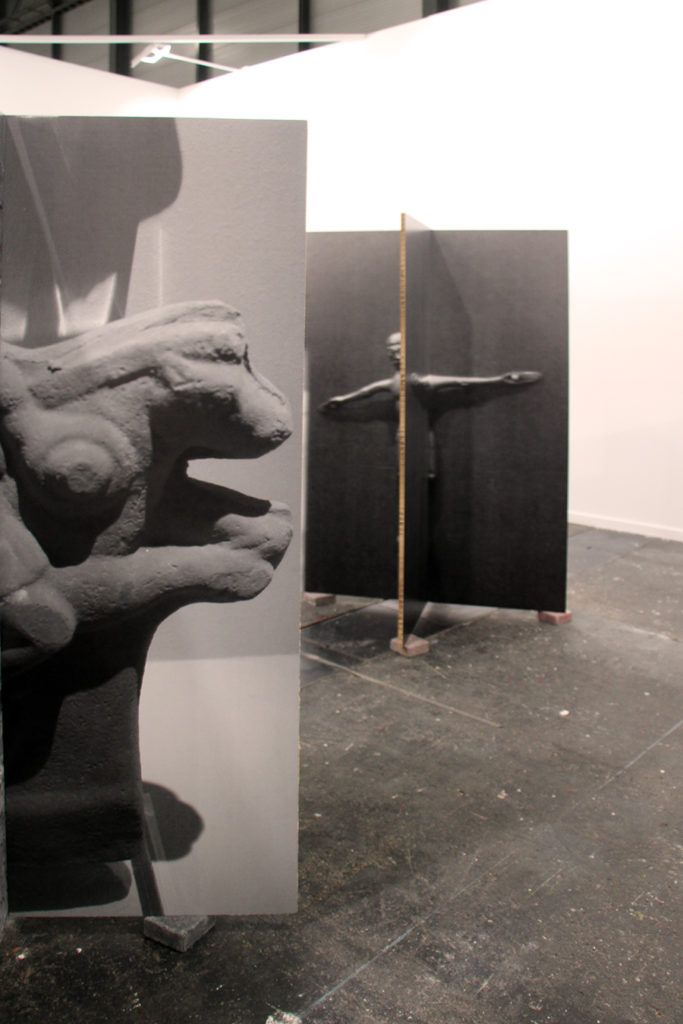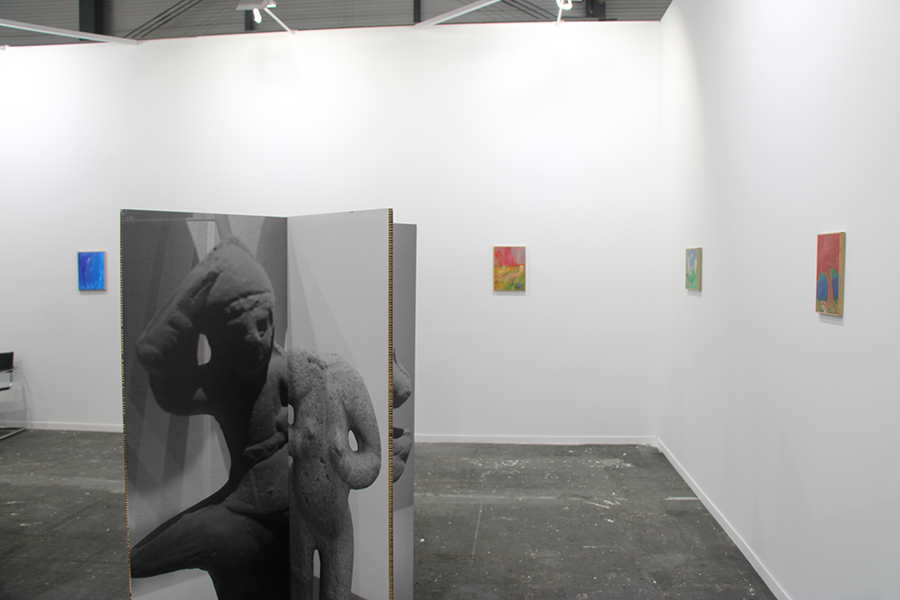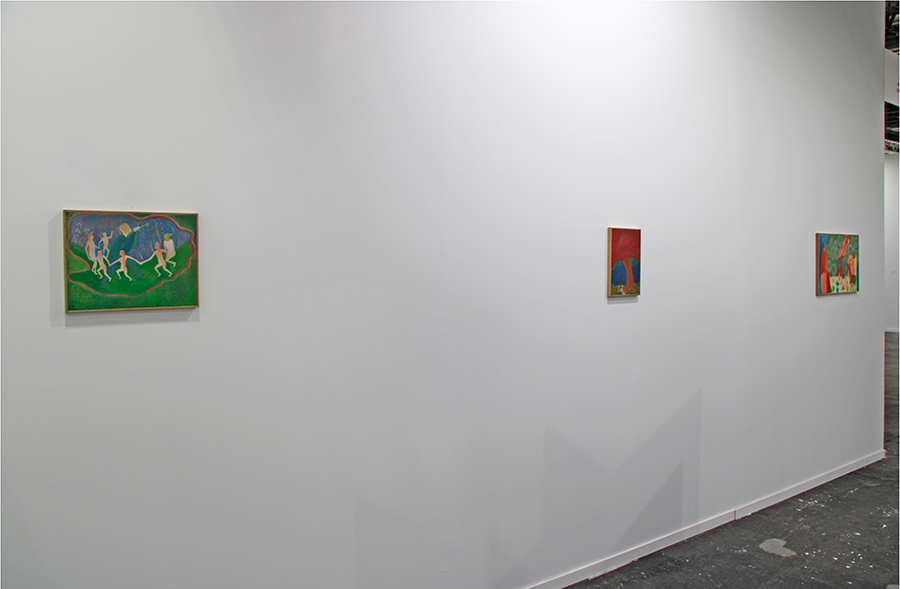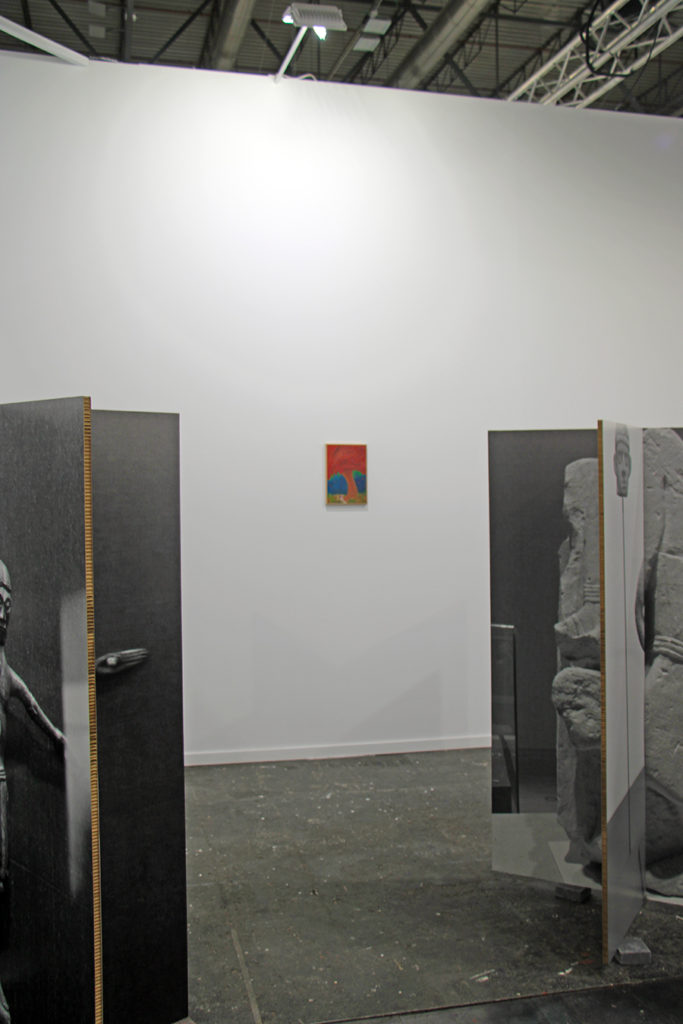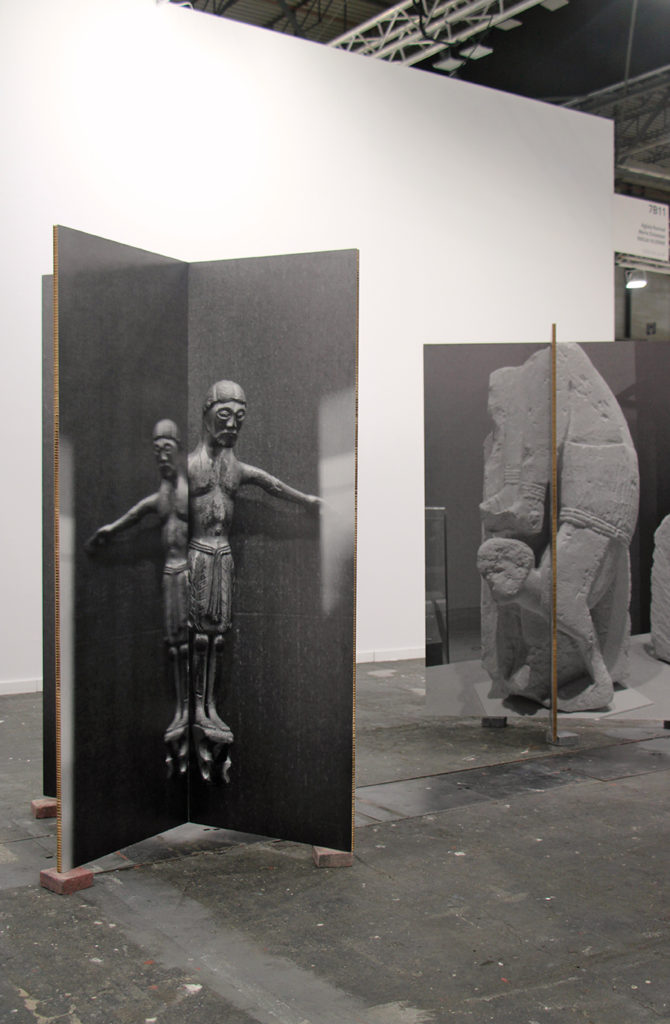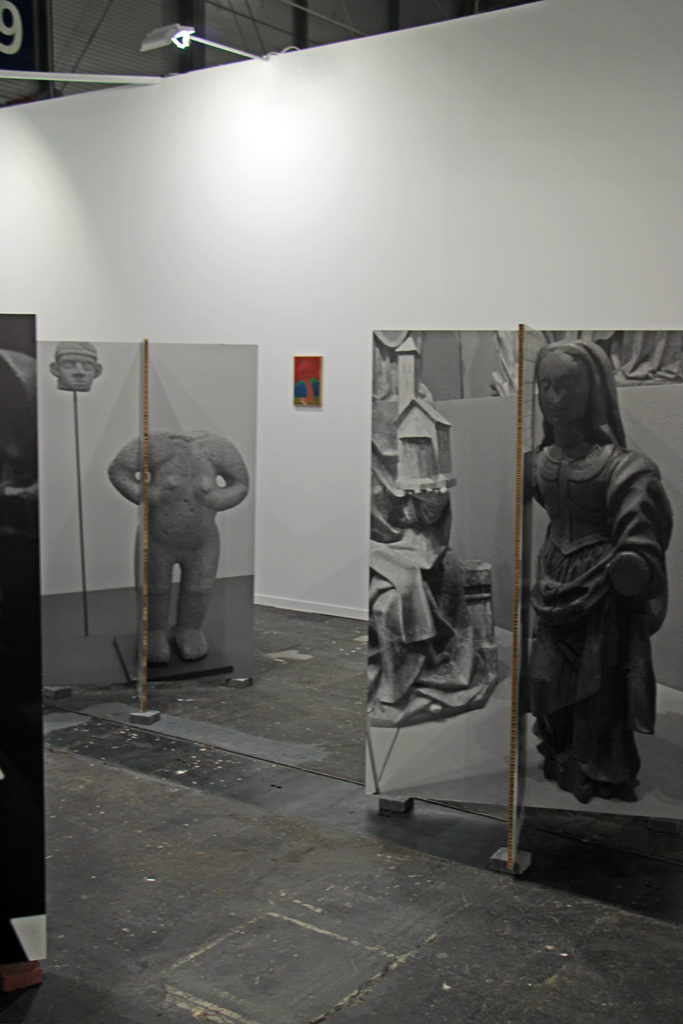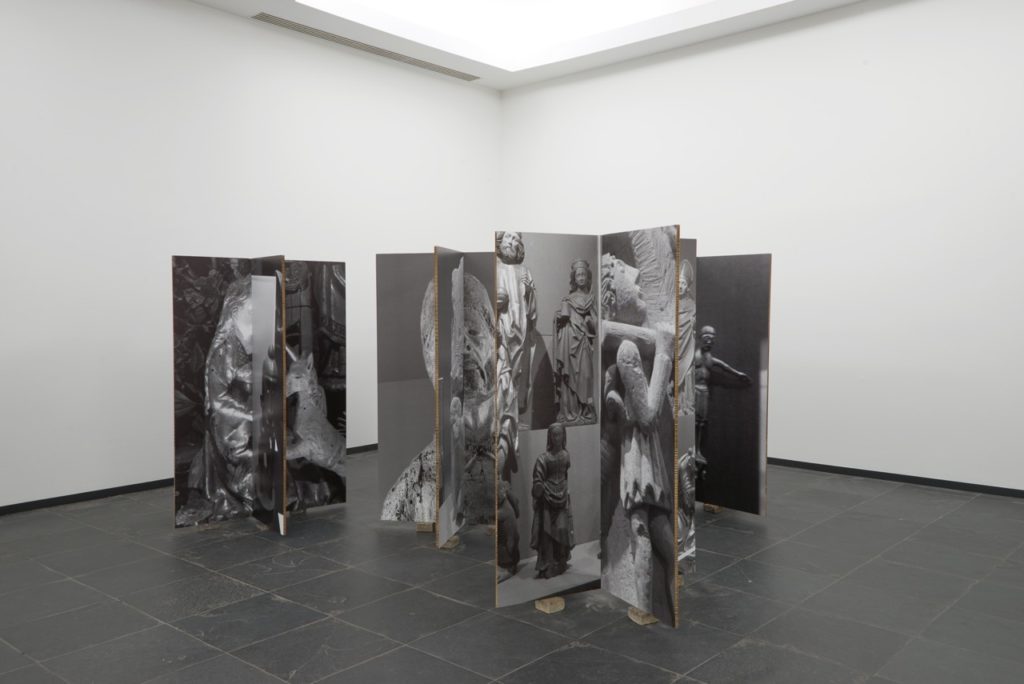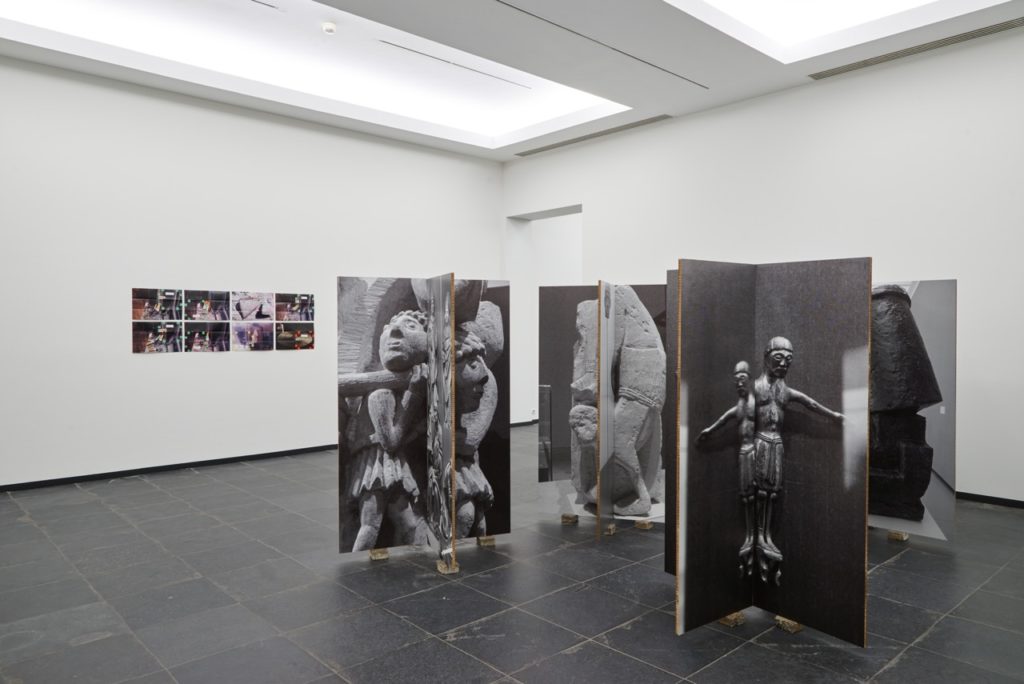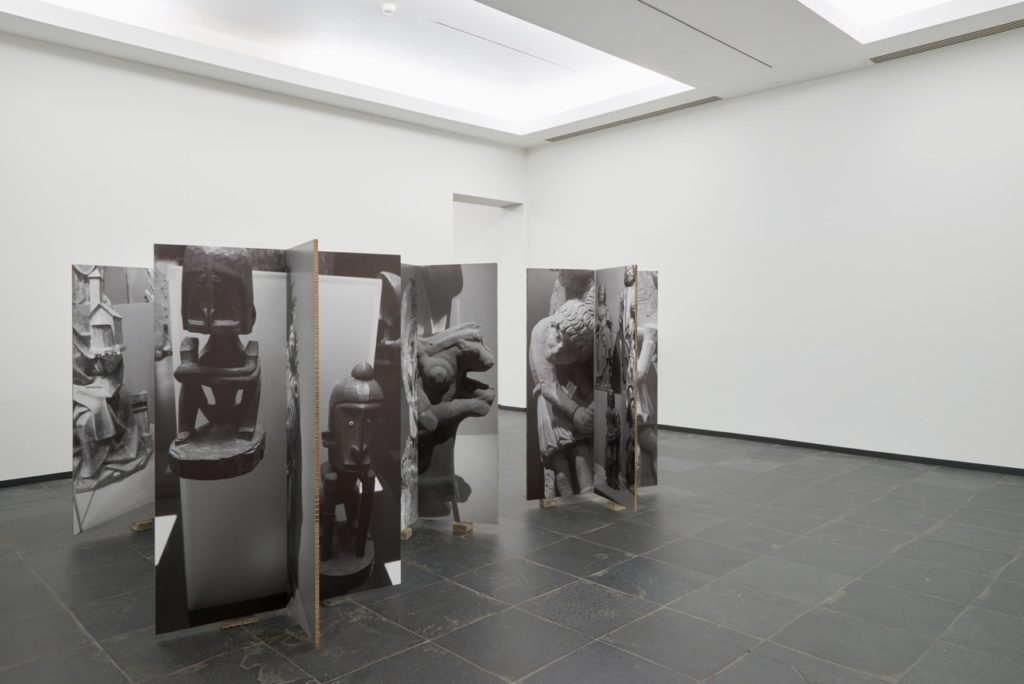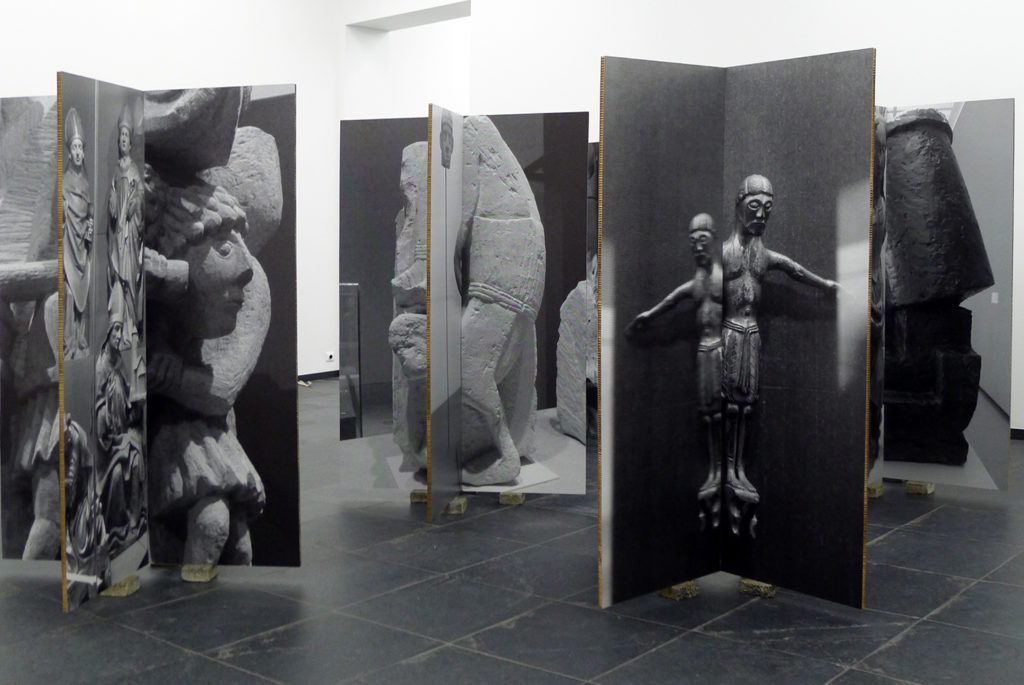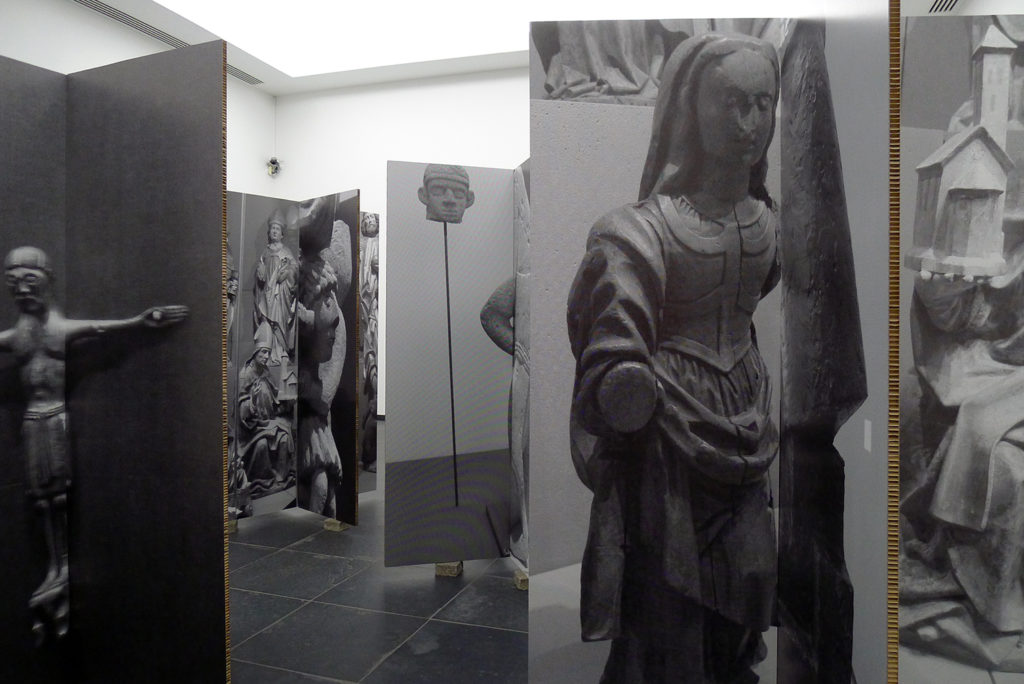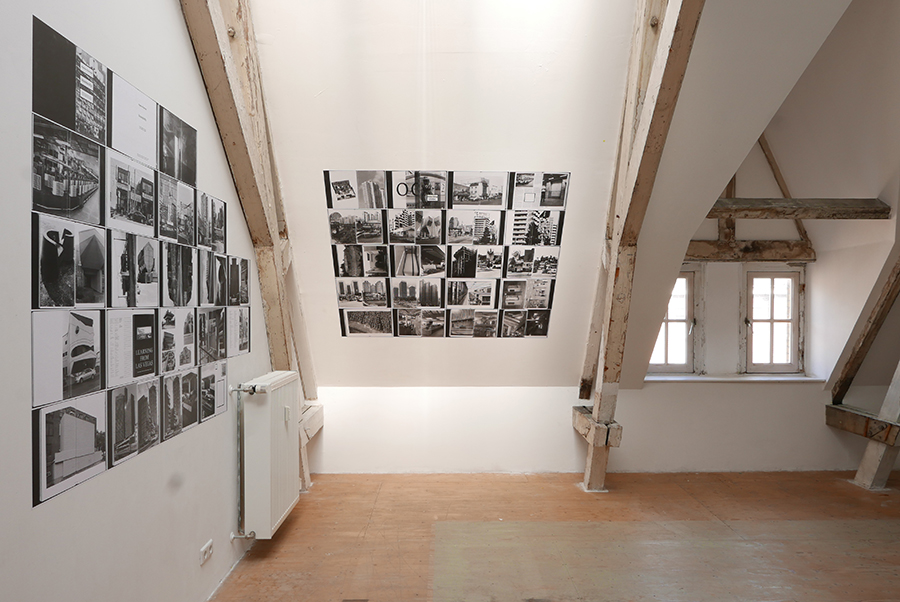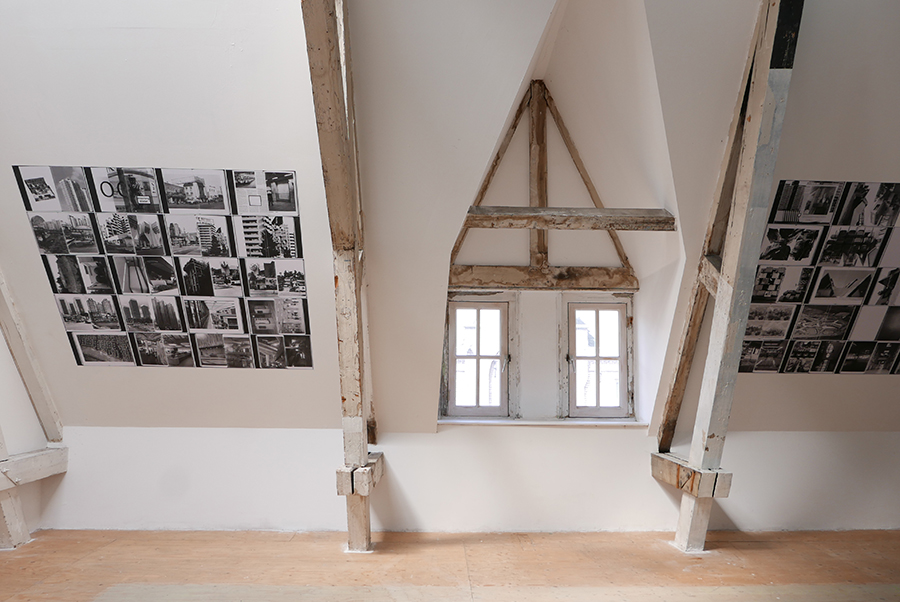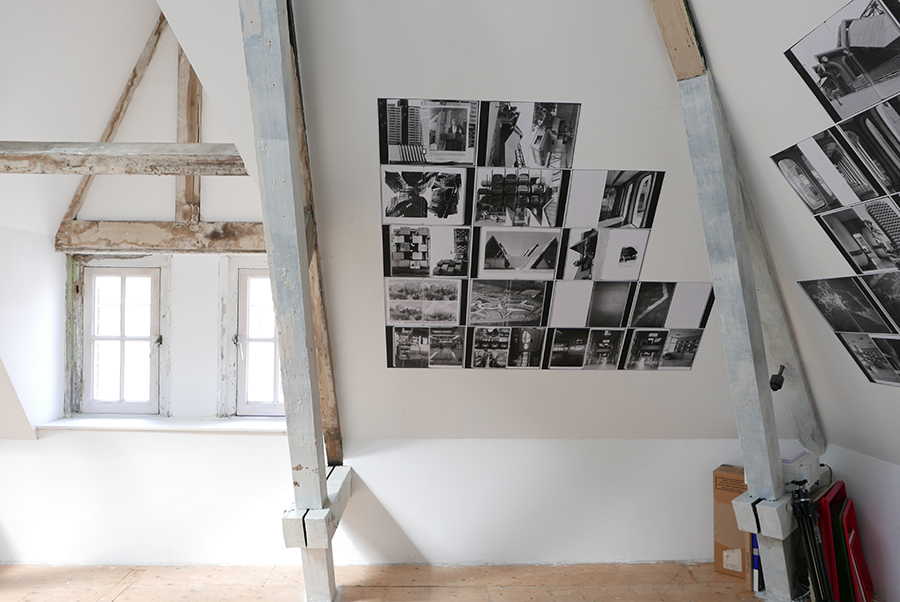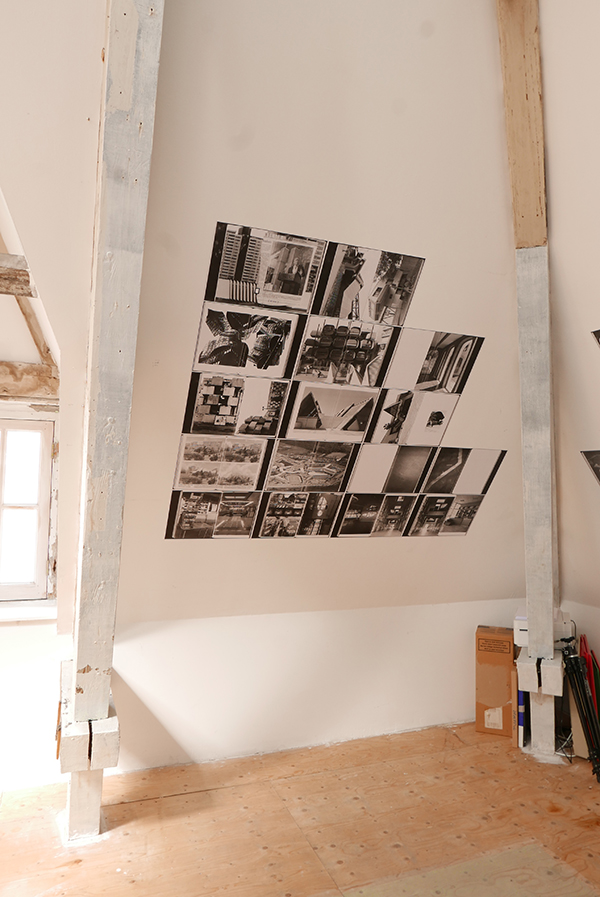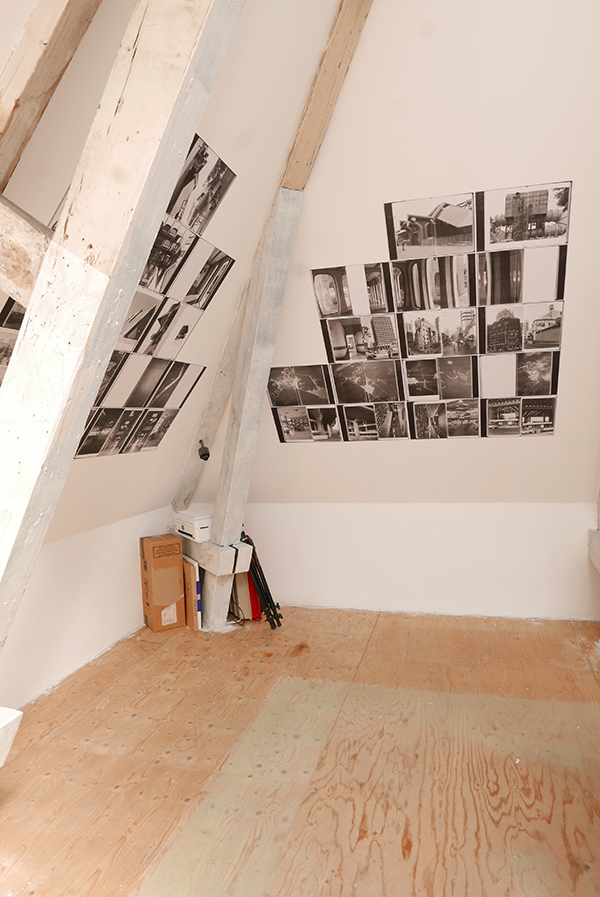Enter Enter, space for Books, consacre à Amsterdam une exposition aux livres d’Aglaia Konrad. A l’occasion de la sortie récente de Japan Works, dernier opus de l’artiste aux éditions Roma Publication. Nieuwe Herengracht 11 Amsterdam, du 11 septembre au 10 octobre.
Presentation of book projects by photographic artist Aglaia Konrad, including Elasticity (NAi 2002), Iconocity (König 2005) Desert Cities (JRP Rignier 2008), Carrara (Roma 2011), From A to K (König 2016) and Japan Works (Roma 2021). The exhibition includes a new large wall piece developed after making the book Japan Works, which derived from a study trip by the artist across central Japan in September 2019. The work of Aglaia Konrad is driven by her interest in urbanity and architecture in general, and cultural difference in particular. A comparative practice that runs equally warm for every possible experience of the local. The presentation runs from 11 September to 10 October, and is curated by Roger Willems.
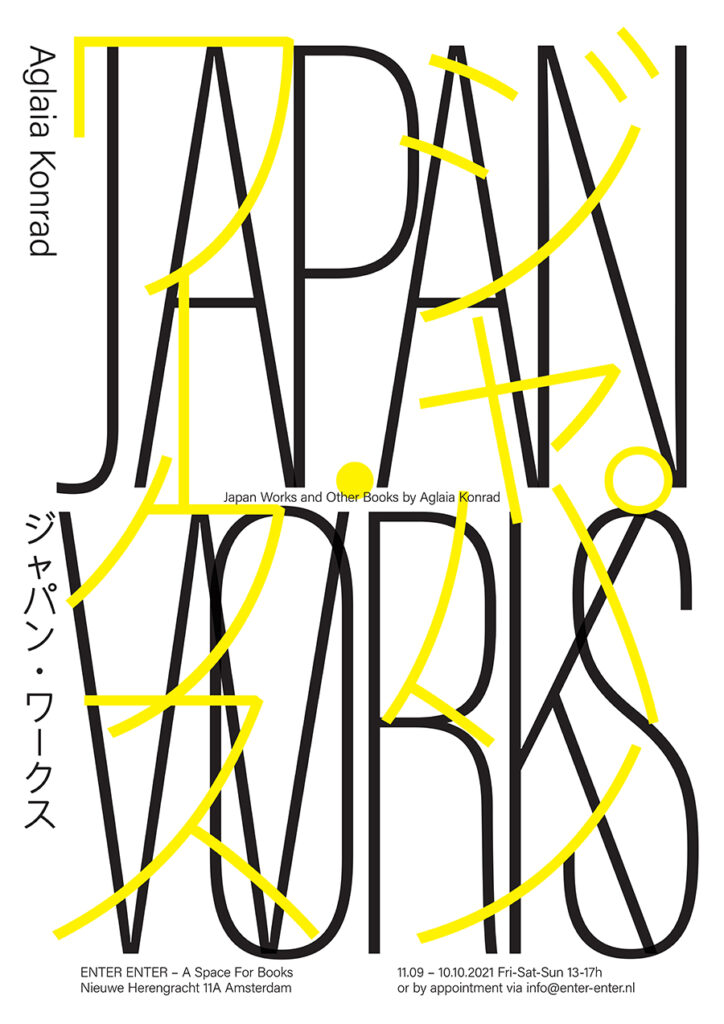
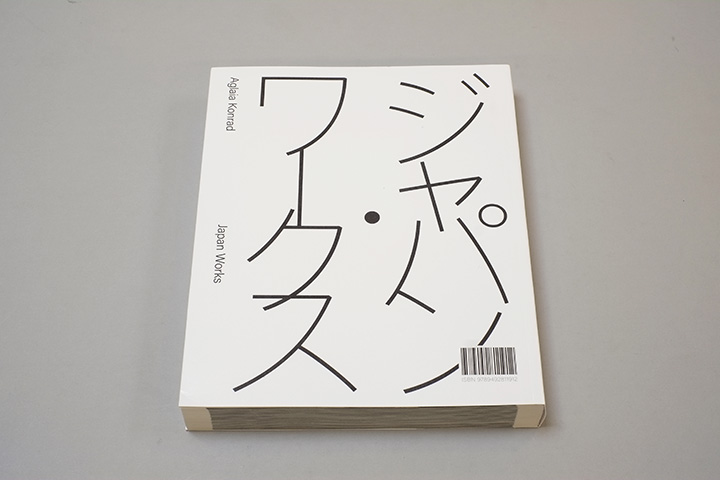
The work of Aglaia Konrad is driven by her interest in urbanity and architecture in general, and cultural difference in particular. A comparative practice that runs equally warm for every possible experience of the local. Previous experiences, in 1994 and 2010, intrigued her to undertake a severe study trip across central Japan in September 2019, mainly in search of Metabolist projects. Such historical, iconic architectures were also the excuse to explore the unspecific and the non-iconic of their urban setting, with the same intensity. In Japan Works, free associations of full-page photographs alternate with contact sheets that follow the chronology of this last itinerary. These are illuminated by texts written by architect and Japan scholar Julian Worrall. Design: Roger Willems. ISBN 9789492811912
https://www.romapublications.org/Roma201-400.html
[sociallinkz]
